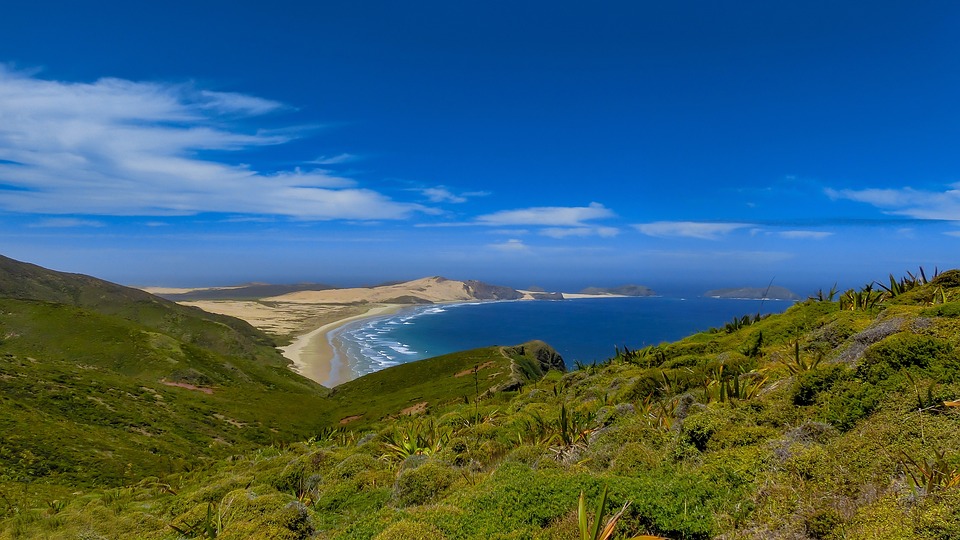Introduction
Costa Dorada, located in the northeastern part of Spain, is a captivating region known for its breathtaking architecture and fascinating history. This stretch of coastline, bathed in the golden rays of the Mediterranean sun, offers visitors a diverse range of attractions and experiences. From ancient ruins to modernist masterpieces, Costa Dorada is a treasure trove waiting to be explored.
Ancient Ruins: Unveiling the Past
Costa Dorada is home to numerous archaeological sites that provide glimpses into its rich history. One of the most notable is Tarragona, a city founded by the Romans in the 3rd century BC. Here, you can explore the remains of an impressive Roman amphitheater, which once hosted gladiator contests. The nearby Roman aqueduct, known as Pont del Diable, is another architectural marvel worth visiting. Its stunning arches spanning the river are a testament to the engineering prowess of the ancient Romans.
Modernist Gems: A Feast for the Eyes
Costa Dorada is also renowned for its modernist architecture, with influences from the famous Catalan architect Antoni Gaudí. In the coastal city of Reus, you can witness Gaudí’s early works, including Casa Navàs and Casa Rull. These exquisitely designed buildings showcase Gaudí’s distinctive style, characterized by intricate details and organic shapes. Another must-visit site is the Pau Casals Villa in El Vendrell, which was the summer residence of the legendary cellist. The villa’s stunning garden and architecture create a serene and enchanting atmosphere.
Beachside Bliss: Sun, Sand, and Sea
Costa Dorada is famous for its pristine beaches, stretching over 200 kilometers along the Mediterranean coast. The golden sands and crystal-clear waters offer a perfect retreat for sun-seekers and water sports enthusiasts. Salou, one of the most popular resort towns in the region, boasts beautiful beaches such as Playa de Levante and Playa de Ponent. The vibrant beach promenades are lined with restaurants, cafes, and shops, making it an ideal spot for leisurely strolls and people-watching. For a more secluded beach experience, head to the charming coastal town of Cambrils, where you can relax in a tranquil setting.
Gastronomic Delights: Savoring the Local Cuisine
No visit to Costa Dorada is complete without indulging in the region’s delectable cuisine. The area is renowned for its fresh seafood, with dishes like suquet de peix (fish stew) and fideuà (a seafood paella made with noodles) being local specialties. Pair your meal with a glass of cava, sparkling wine produced in the nearby region of Penedès. The charming fishing village of Cambrils is particularly famous for its seafood restaurants, where you can feast on the catch of the day while enjoying the sea breeze.
FAQs
Q: What is the best time to visit Costa Dorada?
A: The best time to visit Costa Dorada is during the spring and autumn months, between April and June or September and October. The weather is pleasant, and the tourist crowds are smaller compared to the busy summer season.
Q: Are there any other attractions in Costa Dorada besides architecture and history?
A: Yes, Costa Dorada offers a range of attractions beyond architecture and history. Nature lovers can explore the Ebro Delta Natural Park, a unique ecosystem inhabited by various bird species. The PortAventura World theme park in Salou is a popular destination for families, offering thrilling rides and entertainment. Wine enthusiasts can also visit the renowned wine regions of Priorat and Penedès to sample local vintages.
Q: How can I get around Costa Dorada?
A: Costa Dorada has a well-developed transportation network, including buses and trains, making it easy to get around the region. Car rental services are also available for those who prefer to have more flexibility in exploring the area.

